Are you ready to dive into the colorful world of Lego once again? In this last installment of the Lego History series, we will explore how the beloved brick company made a comeback and experienced a modern renaissance from 2000 to the present.

2000–2004: Crisis crystallizes

By the early 2000s, years of sprawling product lines, theme park overhead, and rising competition pushed the company to the brink. In 2003 LEGO reported a loss of c. DKK 1.4 billion, and in 2004 the board appointed 35 year old Jørgen Vig Knudstorp, LEGO’s first non-family CEO, to execute a turnaround.
2005–2006: Back to basics (and cash)

To stabilize finances, LEGO sold the four LEGOLAND parks to Merlin Entertainments in 2005, a move used to pay down debt and help “save LEGO.” The family investment arm (KIRKBI) retained a strategic stake in Merlin thereafter.
Operationally, management leaned into focus and scale: discontinue distractions, simplify the portfolio, and sharpen “System in Play” coherence across sets.
2006–2008: The outsourcing experiment, and reversal

LEGO outsourced large parts of production to Flextronics (Eastern Europe/Mexico) in 2006–2007 to trim costs, then quickly learned quality, complexity, and speed to market trade offs were real. In 2008, LEGO began taking production back (e.g., Kladno, CZ), re-asserting tight manufacturing control that underpins the brand’s quality promise.
2007–2010: Design discipline returns

Knudstorp’s team halved the number of unique elements, from roughly 13,000 to ~6,500, reducing complexity, freeing designers, and restoring profitability. In parallel, the company nurtured enthusiast-minded lines such as LEGO Architecture (launched 2008) that celebrated real world icons and adult display value.
2011–2013: New engines of growth, NINJAGO & Friends

Two homegrown “engines” lit the fuse for the 2010s. NINJAGO (2011) arrived as a full ecosystem, sets, story, TV, quickly becoming an evergreen pillar and (per LEGO’s annual report) the biggest product launch in company history. Friends (2012) broadened the audience; while it sparked debate about gendered play, it ultimately became one of the brand’s most successful themes and prompted internal work on more inclusive marketing.
2014–2016: Pop-culture peak, and #1

The LEGO Movie (2014) exploded beyond the toy aisle, grossing ~$468 million worldwide and landing a 96% Tomatometer, proof that the brick could carry blockbuster storytelling. That momentum helped LEGO overtake Mattel as the world’s top toymaker by sales around 2014–2015.
2017: A wobble, then a reset

After a decade of heady growth, sales dipped, LEGO’s first decline in 13 years, triggering ~1,400 job cuts and a re-tune of operations, especially in mature markets like the U.S. The correction paved the way for a healthier, more sustainable growth curve.
2018–2020: “Adults Welcome”

Even as kid-focused lines thrived, LEGO formally embraced adult fans. Packaging shifted to a clean 18+ “Adults Welcome” look; UCS-style display pieces and deep cut IPs (e.g., Mos Eisley Cantina) made shelves feel like galleries. The Creator Expert banner evolved into LEGO Icons, clarifying the premium adult portfolio.
2020–2022: Pandemic boom and a 90th birthday

Lockdowns sent family building into overdrive. In 2021, profits and market share surged; in 2022, the company’s 90th anniversary, LEGO ran a global “90 Years of Play” campaign, special heritage sets (Lion Knights’ Castle, Galaxy Explorer), and its first World Play Day.
2022–2025: U.S. expansion, factory + HQ

LEGO committed over US$1 billion to a carbon-neutral-run factory in Chesterfield County, Virginia (groundbreaking 2023). In 2025 the company opened a new U.S. hub in Boston’s Back Bay ahead of the full Americas HQ relocation from Connecticut, underscoring the importance of the American market and proximity to talent.
Digital play: From metaverse plans to LEGO® Fortnite

A long-term partnership with Epic Games (announced 2022) aims to build safe, kid friendly digital experiences. The first big expression launched December 2023 as LEGO Fortnite, an in-Fortnite survival/crafting world that marries brick logic to open world play and continues to expand.
Sustainability: Forward, then a detour

LEGO’s multi year materials journey has included bio-based elements, paper packaging, and an ambitious push toward more sustainable plastics. In 2023 the company ended a high profile rPET bottle to brick test after finding it would raise lifecycle emissions, choosing to pursue other, lower carbon pathways instead.
Why the comeback stuck
- Clarity beats sprawl. Fewer elements; tighter line architecture; sharper themes.
- Own IP + selective licenses. NINJAGO/Friends balanced with marquee IPs and cinematic moments.
- Operations as a moat. Re-insourcing key factories restored quality and agility.
- Meet fans where they are. “Adults Welcome,” LEGO Icons, and LEGO Ideas formalized AFOL energy.
- Think global, plant local (U.S.). New Virginia factory + Boston hub center the American market in supply, talent, and community.
Closing note
From near collapse to cultural ubiquity, LEGO’s 21st century arc is a study in disciplined focus and joyful ambition. The company that almost ran out of road re-laid its track, brick by brick, then invited the world to build along.

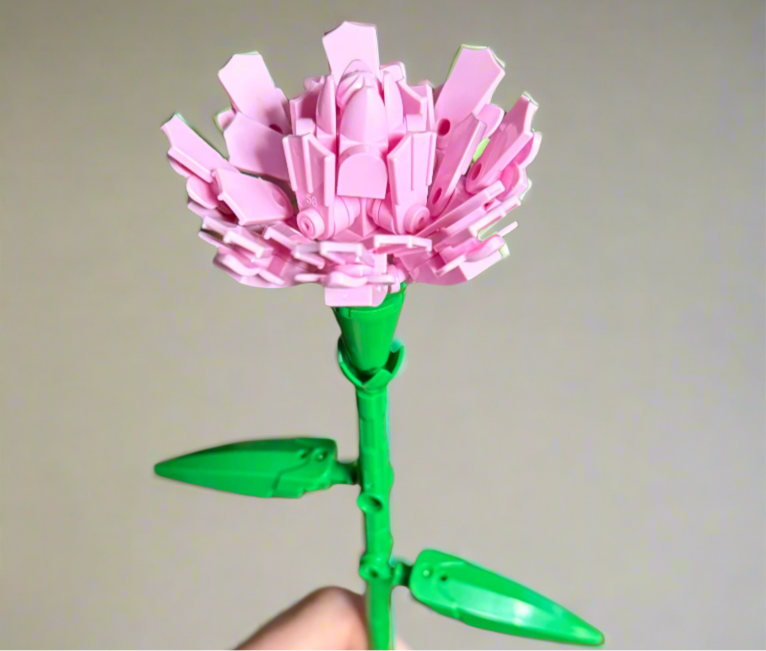
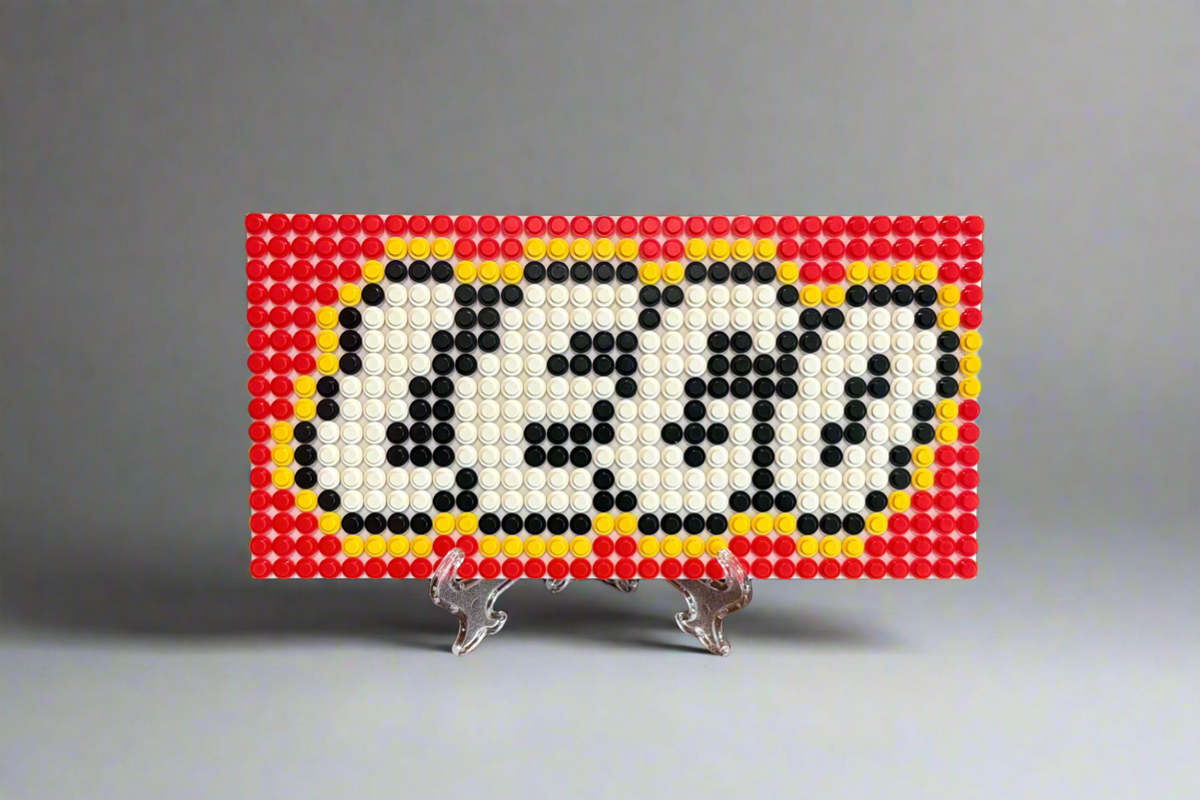
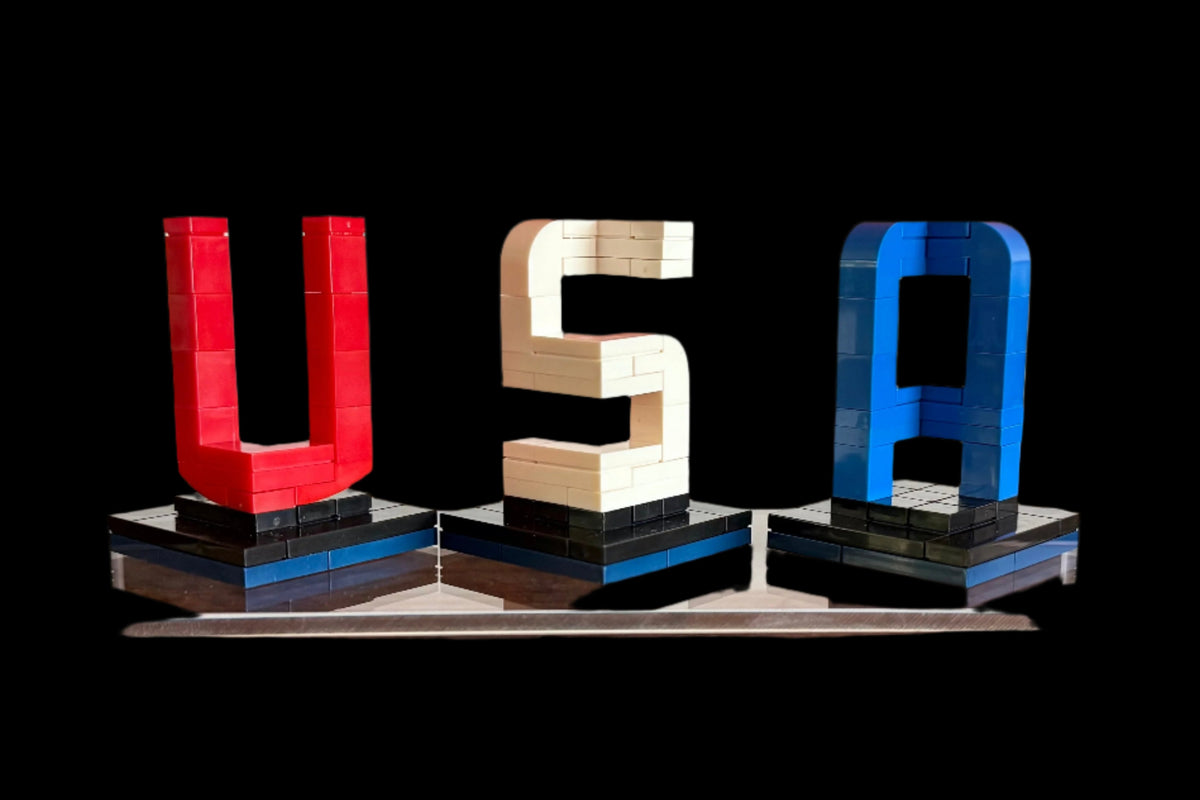
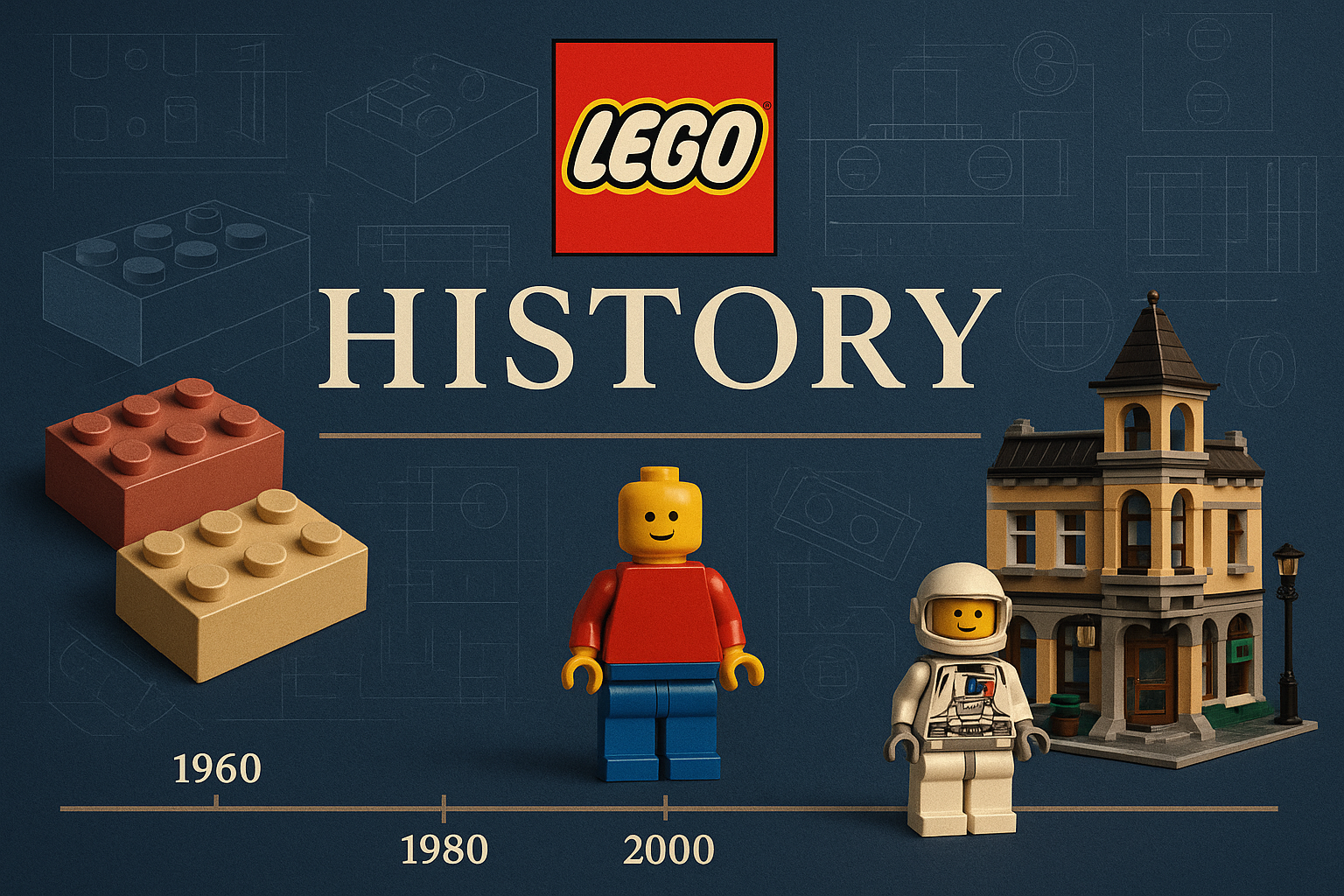



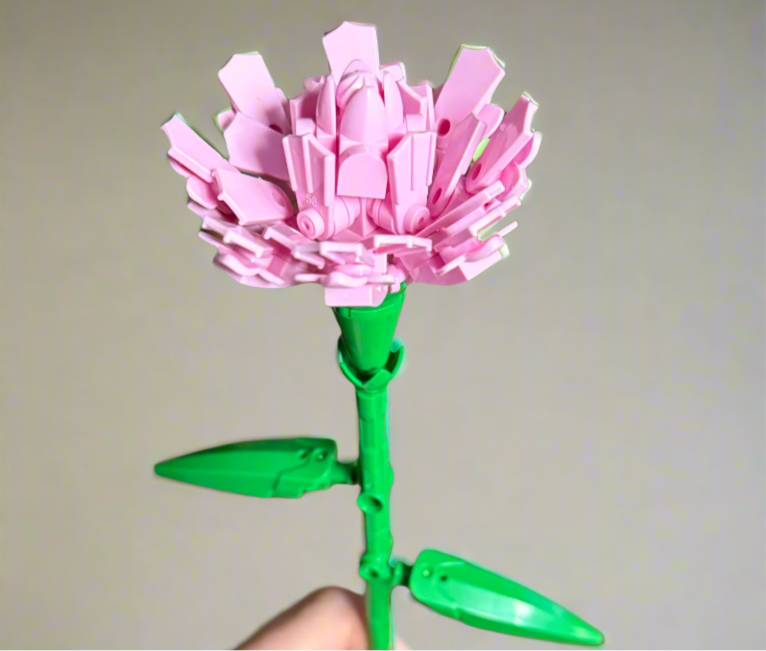
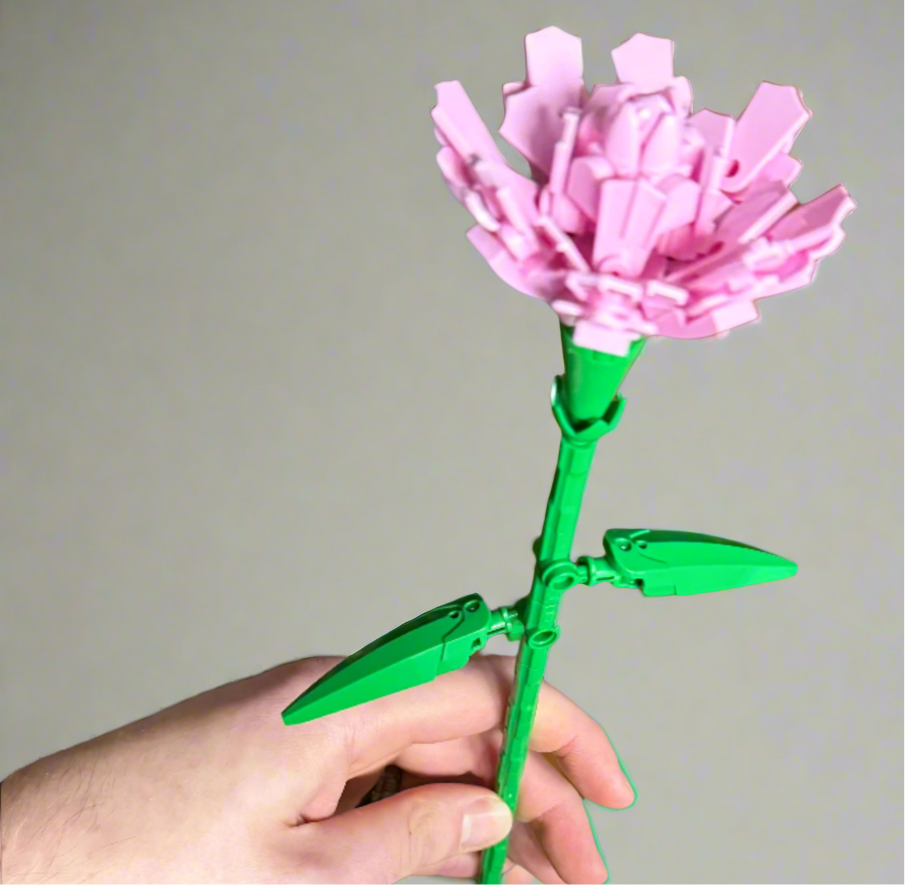
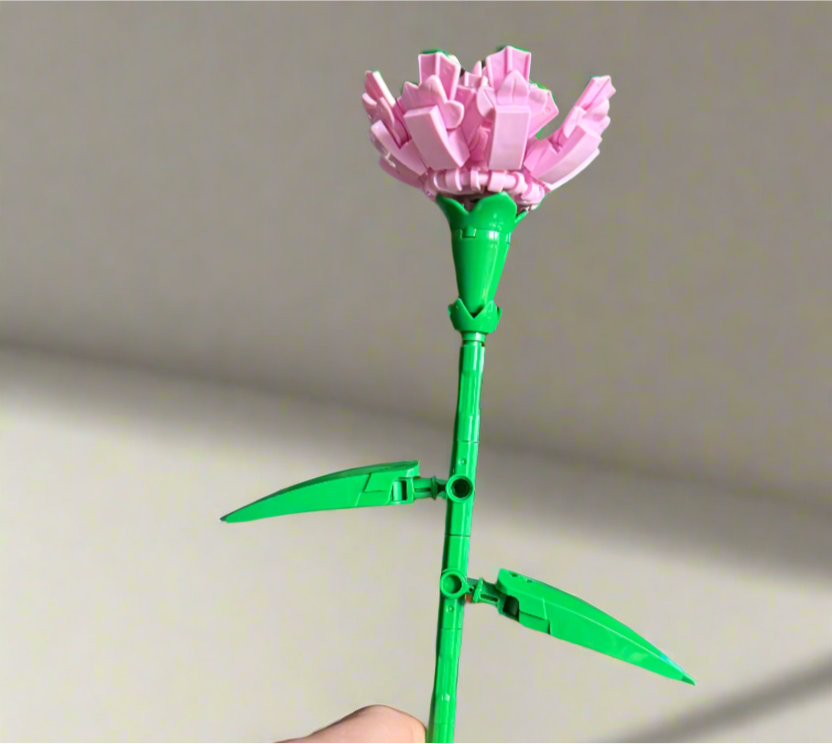
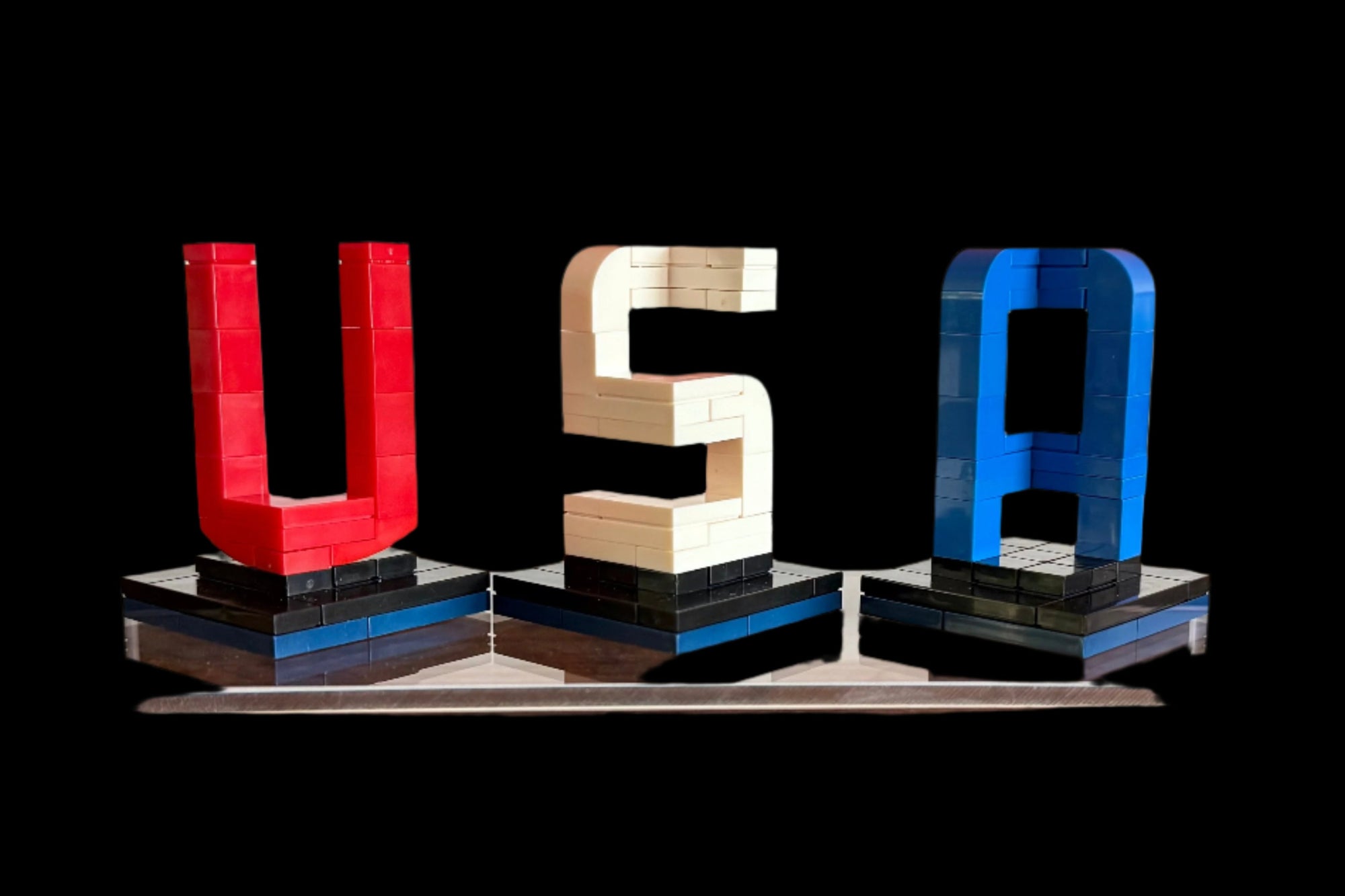
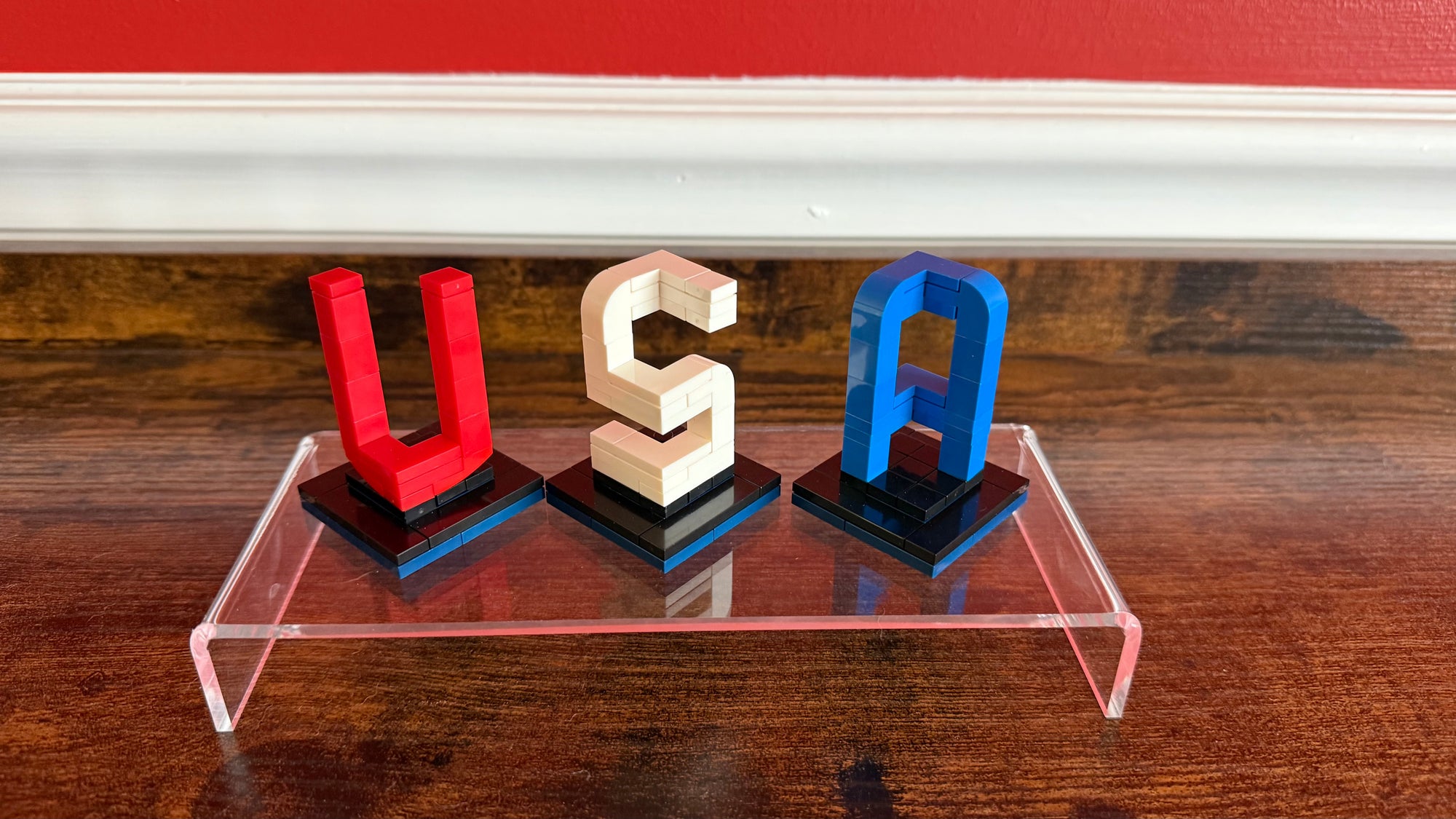
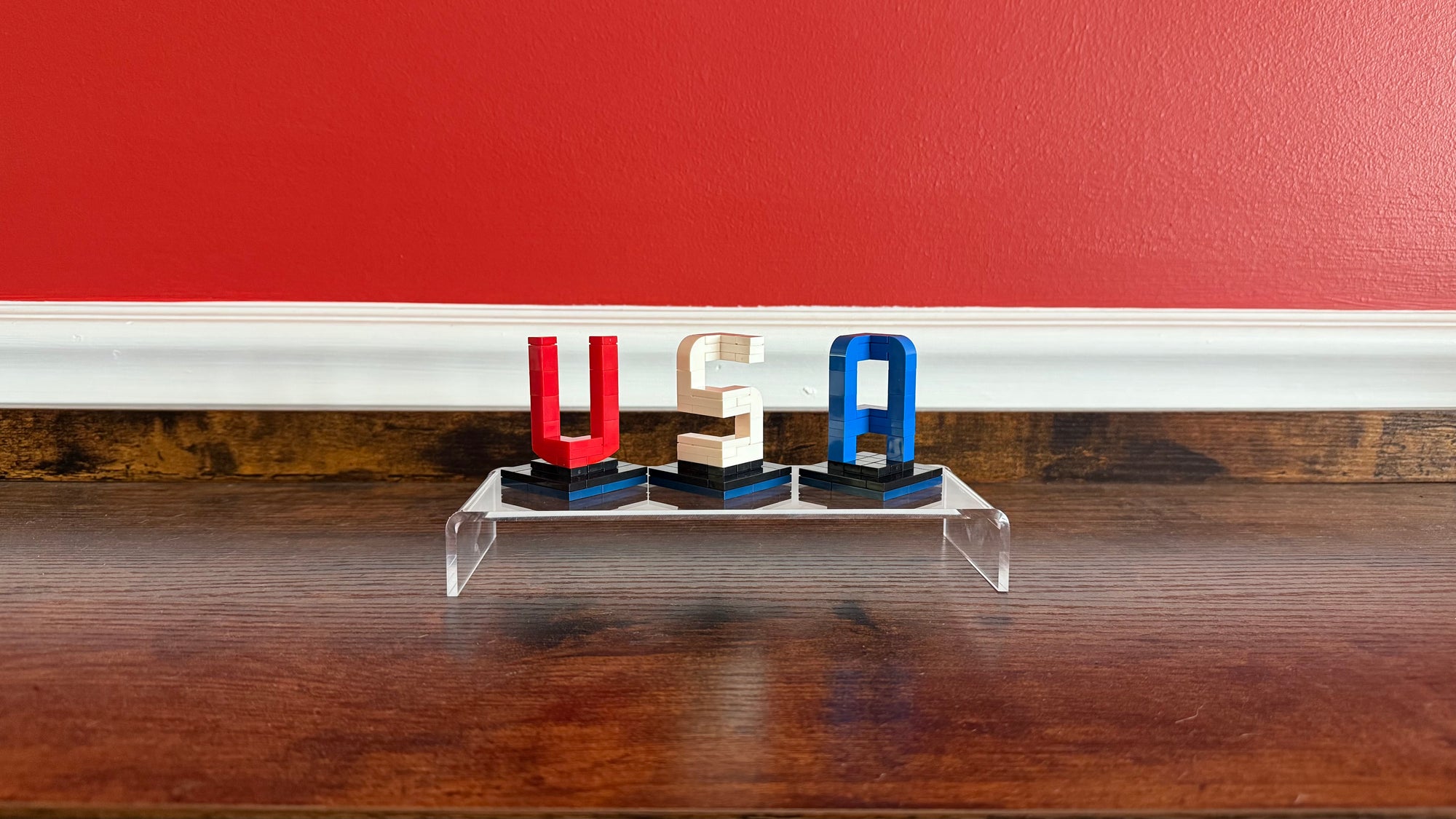
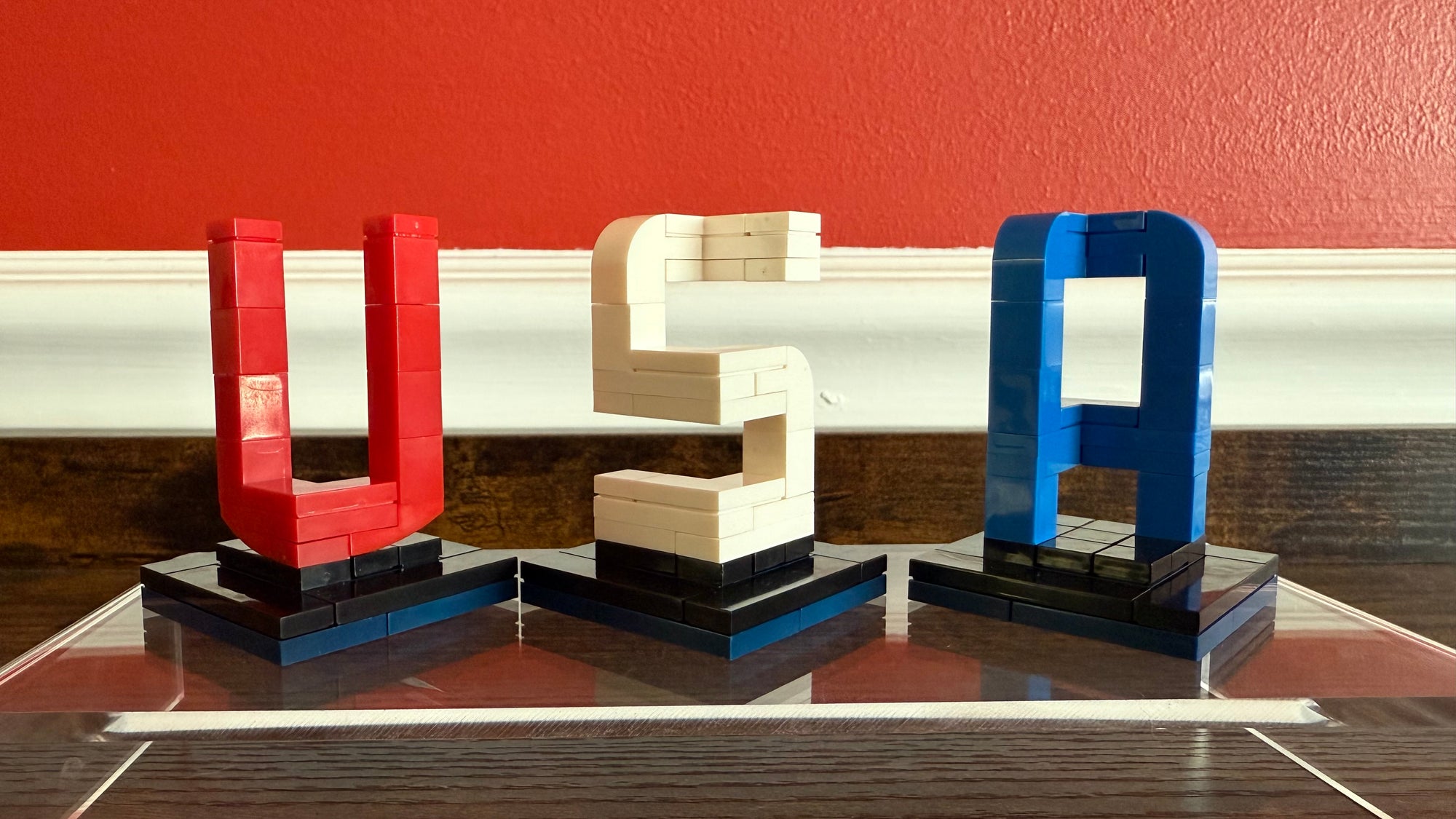
0 comments